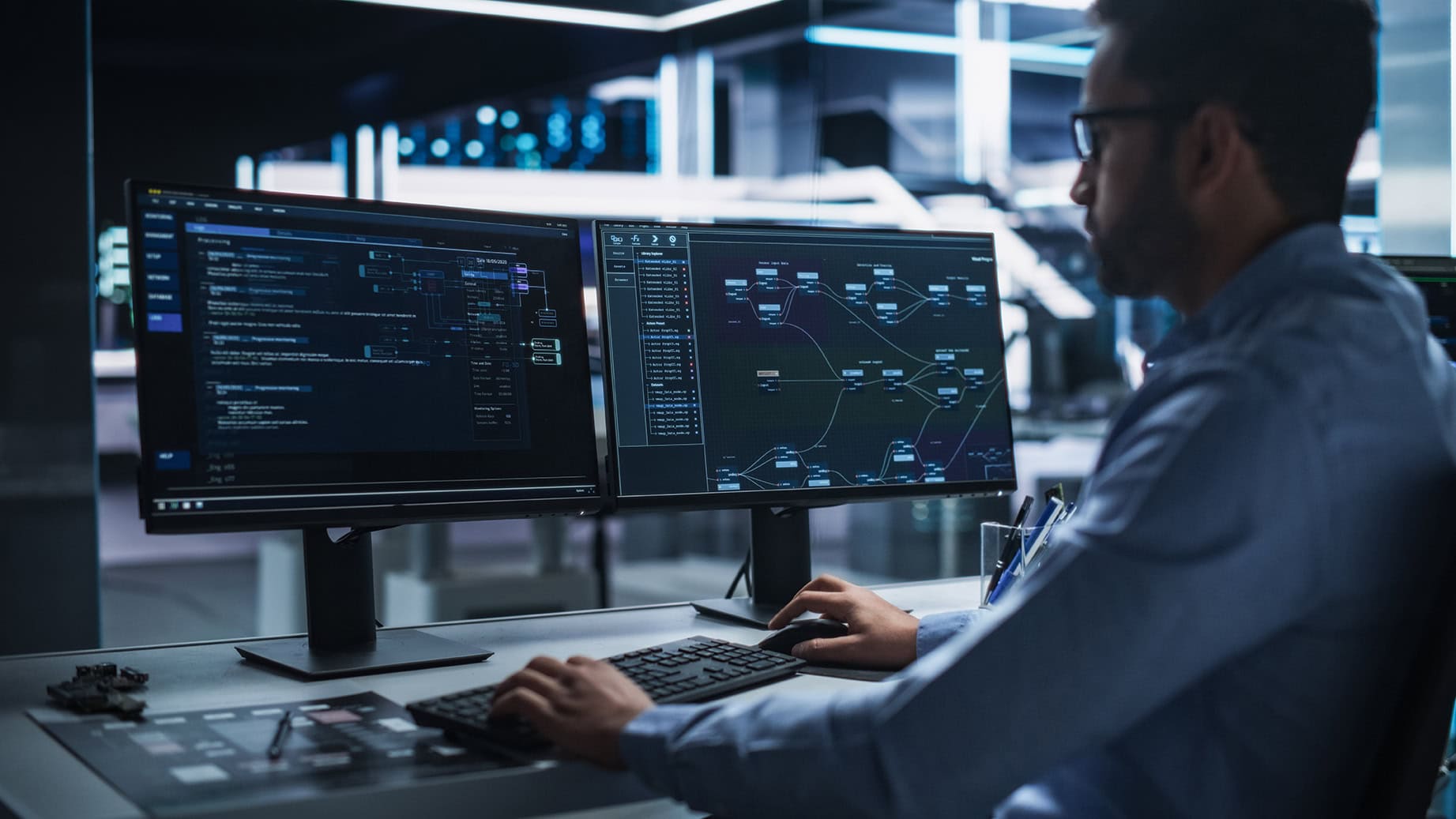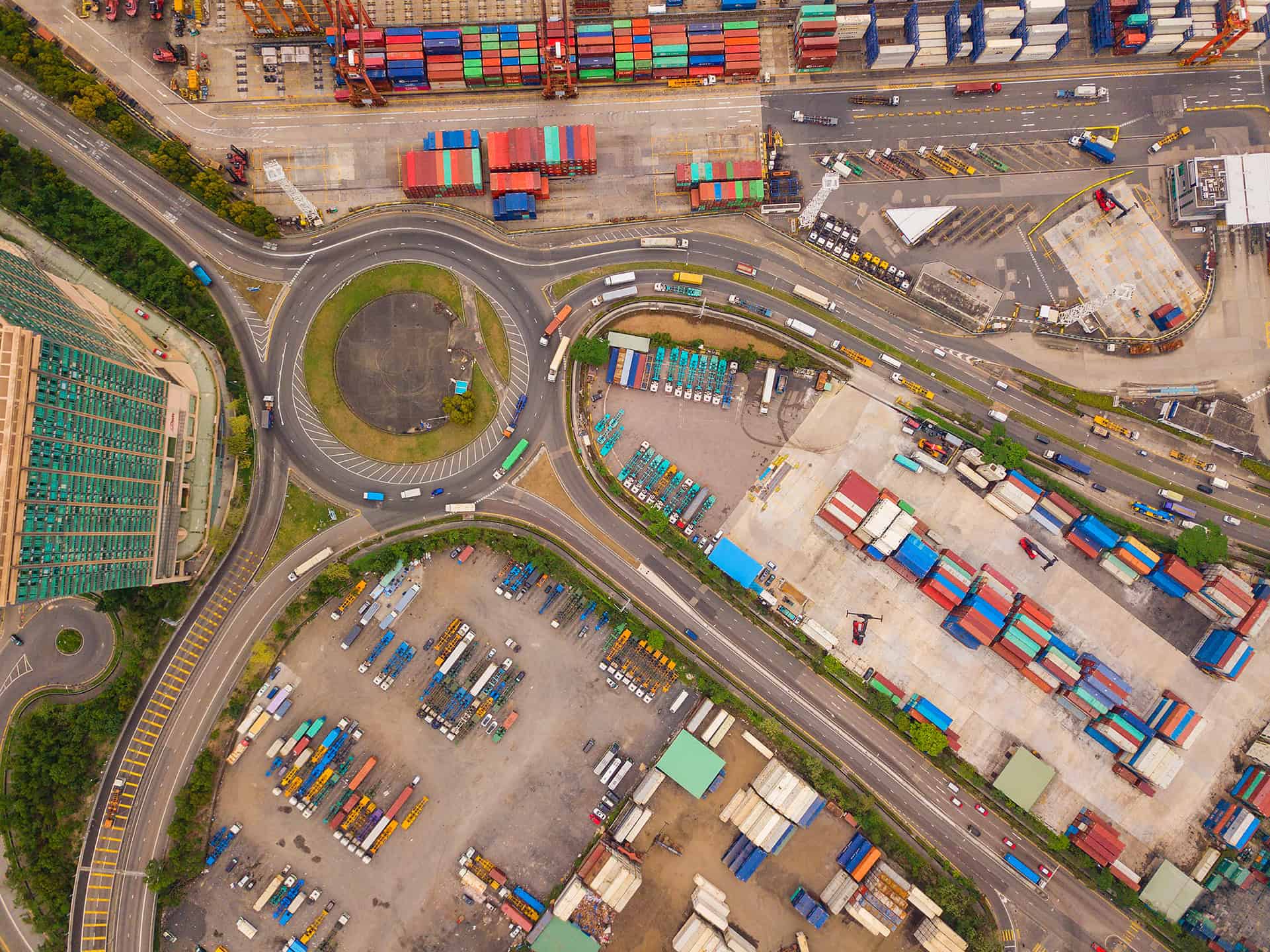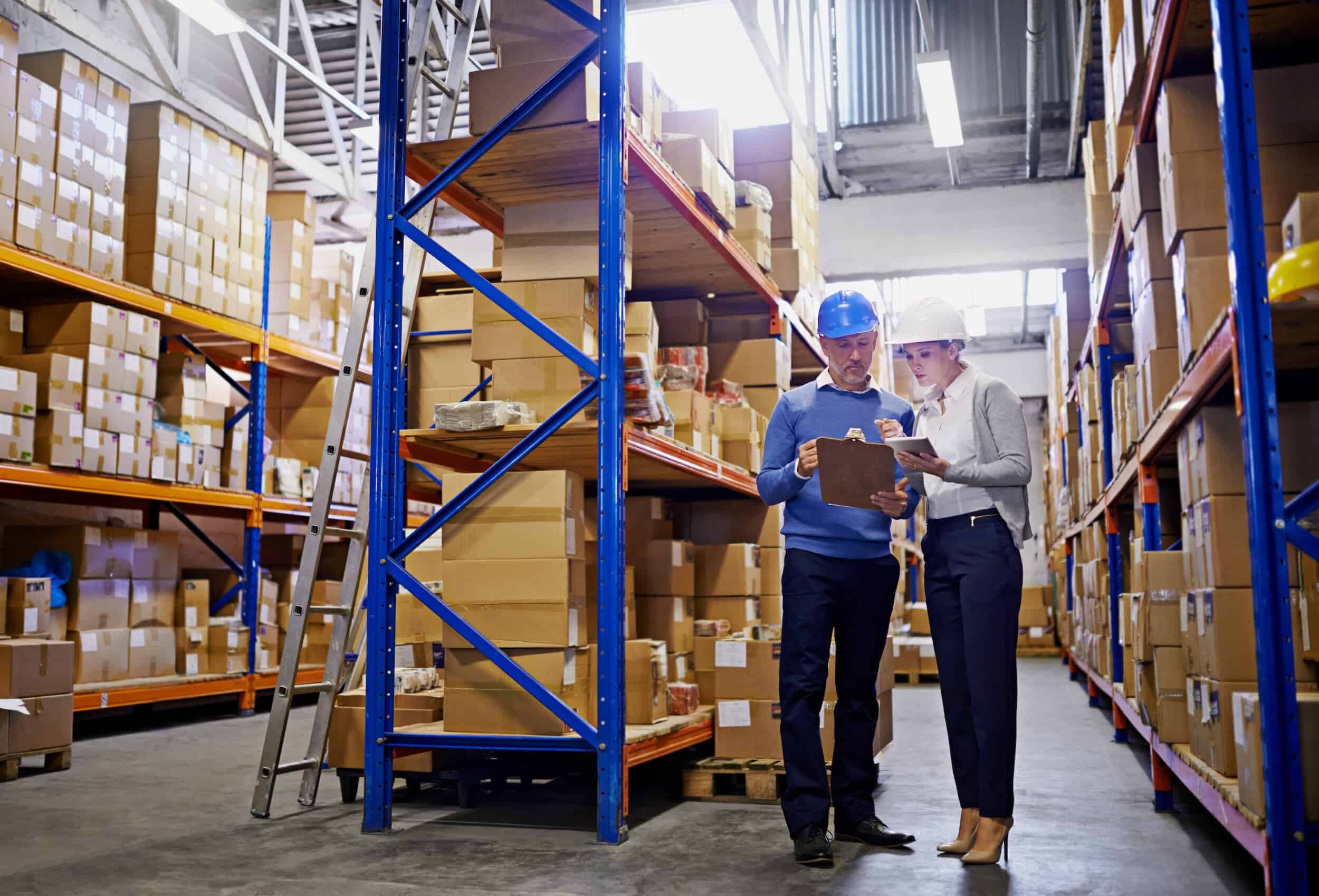
Many of you reading this recall a time when the close of the year also meant receiving a new calendar. It might have been from a non-profit group you support, a gift from a co-worker or even one produced by a supplier or vendor. No matter where it came from, having a paper calendar hanging in your cubical was always the sign that new things were on the horizon – ushered in with the year.
Well, it isn’t likely that all of the supply chain disruptions we’ve experienced in the last two years will simply clear up when the champagne corks pop welcoming in 2022. We’re not out of the woods yet. When it comes to supply chain disruptions, we should expect more of the same.
Major logistics issues, Covid-19 variants and labor concerns. Inflationary prices for everything from stockings to shrimp, gas to galoshes and basketballs to buttons. This is the modus operandi for the new year ahead and who knows how much longer.
Covid-19 and other major factors have solidified the need for resiliency and agility. The pandemic has shined a light on supply chain issues that have always taken place but never fully realized by consumers who only knew where to find the products they wanted and that they would always be readily available.
The transportation and logistics industry has borne the weight of supply chain delays – with daily reports and drone images posted on many online publications for all to see. Yet, logisticians and supply chain planners never intended goods to be sitting off-shore; why would they? Some have even blamed them for “stealing Christmas” away from the children.
Before we let the virtual calendar turn to 2022, I encourage you to look back at some of the media coverage you might have missed. e2open has been integral as a solution provider for major, global companies, helping them navigate the disruptions – and when you turn your page on the calendar, we’ll be there still.




